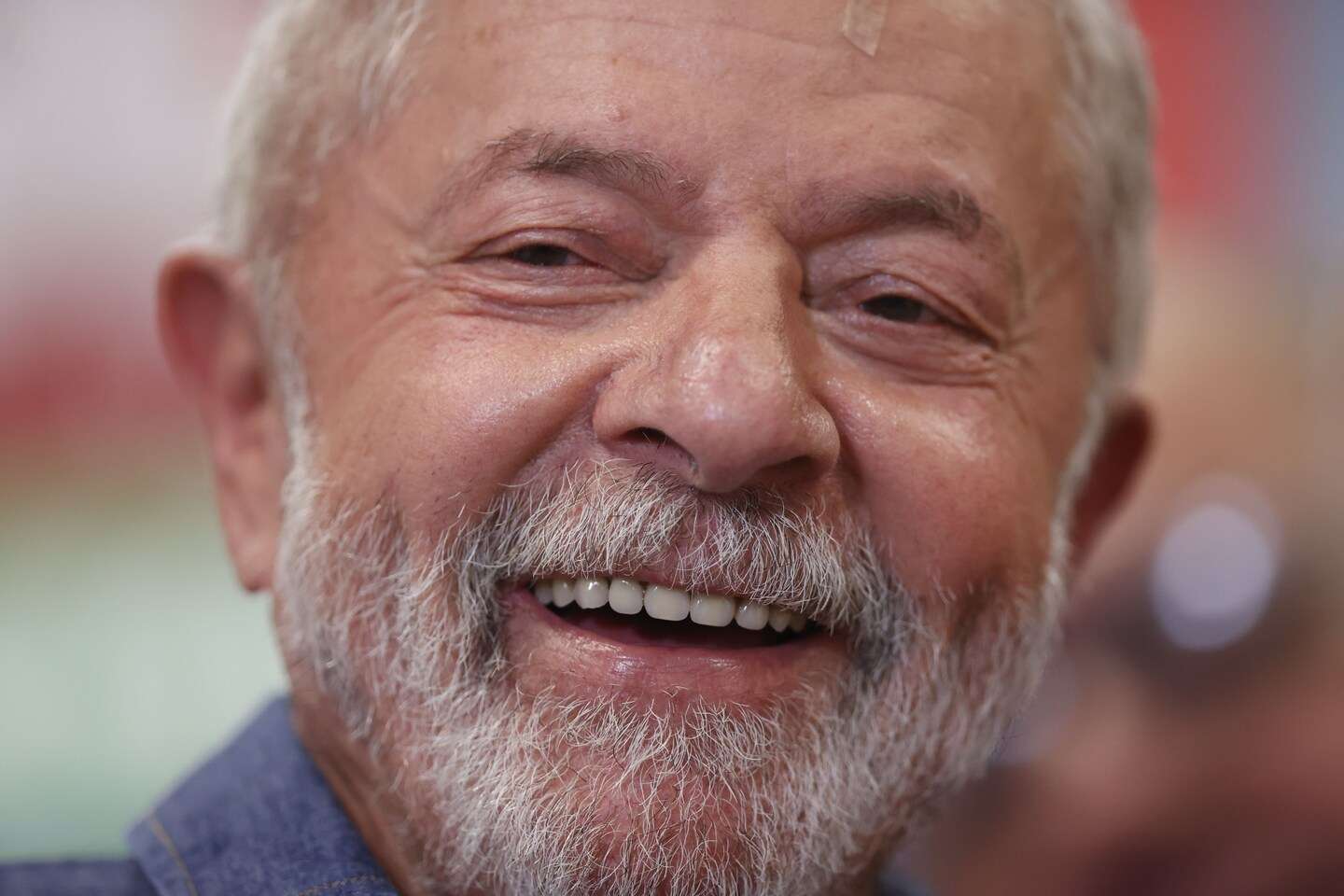Luis Inácio Lula da Silva was elected the next president of Brazil on Sunday, following a contentious and tight race in one of the most populous democracies in the world. He received 50.89 percent of the vote, with 99.76 percent of the vote counted, defeating incumbent Jair Bolsonaro, who had 49.11.
Who is Lula? What to know about Brazil’s next president.

A two-time president and former union leader, Lula ran on a campaign of upholding democratic values, casting his win over Bolsonaro as indispensable to upholding Brazil’s democracy.
As of Monday afternoon, Bolsonaro, who dropped out of view after the results were announced and had yet to concede, was expected to address the nation shortly.
Here’s what you need to know.
Who is Lula?
A charismatic politician, Lula is a powerhouse of the American left. Born in Pernambuco, in the northeast, his parents were farmers who could not afford to feed their eight children. At age 7, his mother and six siblings moved to São Paulo state in search of a better life, first to the port city of Santos and three years later to the most populous city and state capital.
While in São Paulo, he dropped out of school to become a shoe-shiner and later got a job at a factory. He lost his little finger on his left hand in a machinery accident when he was 17.
He started his career in trade-union activism in his early twenties. At 25, he lost his wife of two years, Lourdes, who was eight months pregnant, to hepatitis. He continued his work as a union leader, and in 1975 he was elected president of the powerful metal workers’ union. Lula organized several strikes challenging Brazil’s dictatorial government, cementing his image as a symbol of democracy and the worker’s movement, prompting comparisons to Poland’s Lech Walesa.
When was he president?
In 1980 Lula and a group of workers, intellectuals and artists founded the Workers’ Party in response to the military regime, a pluralistic left-wing party that brought together trade unionists, intellectuals, artists and liberation theology practitioners, among others.
He ran for the presidency three times before being elected in 2002, becoming part of Latin America’s pink tide. During his time, Brazil enjoyed an economic boom triggered by an uptick in the global demand of commodities, and his time in office is remembered for massive social welfare programs that lifted millions out of poverty.
Why was he in prison?
In April 2018 Lula was sent to prison for corruption as part of the “Operation Car Wash” (“Lava Jato”) investigation, heralded by Judge Sérgio Moro. The sprawling investigation looked into a kickbacks scheme involving Brazil’s state oil company Petrobras that had ramifications across Latin America.
Brazil’s Supreme Court ruled that inmates cannot be jailed if their appeals are still pending, a decision that affected thousands of prisoners, among them Lula. The court’s decision came days after The Intercept published revelations that Moro had collaborated with prosecutors during the former president’s case, breaking the rules of due process. Lula was released in November of 2019 after spending 580 days in prison.
What challenges does he face?
The tight results of the first round of the presidential election (48% of the vote for Lula, 43% for Bolsonaro), showing that the polls underestimated Bolsonaro’s popularity, forced Lula to build a broad coalition and move to the center. He will also face challenges in Congress, where Bolsonaro’s party made important gains.
Brazil was hard-hit by inflation in the second half 0f 2021. And although inflation is now coming down and the country’s economy is recovering, real income has not returned to the levels before the coronavirus pandemic.






